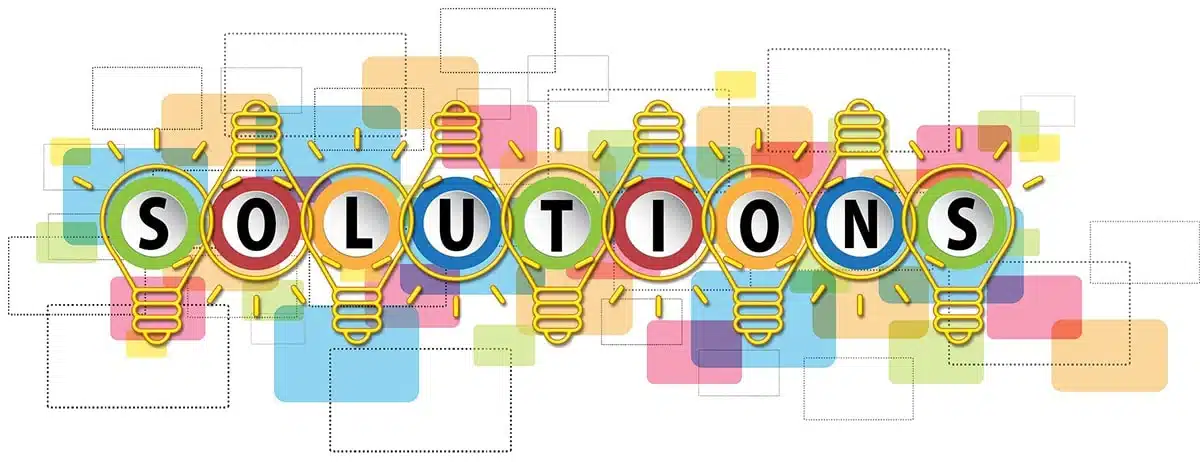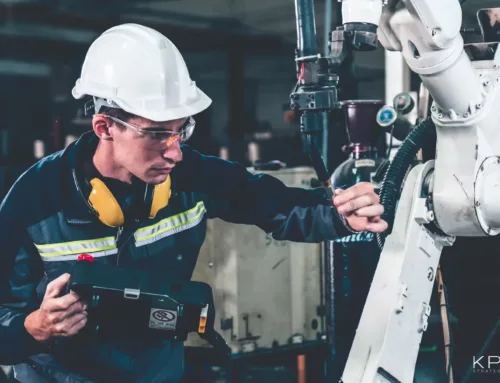KPI Fire vs. In-House Custom Built Solution for Continuous Improvement
If you are considering purchasing KPI Fire and you have a current in-house solution, or you are considering building a solution in house, this page is for you:
Why SaaS Wins for Continuous Improvement
Summary
- KPI Fire has a lower total cost of ownership vs in-house software.
- KPI Fire offers faster time to value, and less burden on internal resources.
- KPI Fire offer more accountability for continuous updates and advancements.
“No matter who you are, the majority of the smartest people work for someone else. “- Bill Joy Sun Microsystems
1. Lower Total Cost of Ownership / Cost Comparison
- KPI Fire: Transparent, predictable subscription costs. Includes maintenance, upgrades, and support. Less than the cost of a single in-house resource.
- In-House: High initial development costs, ongoing maintenance, and hidden expenses (e.g., staffing, training).
2. Time to 1st Value / Speed of Implementation
- KPI Fire: Ready to go out of the box, with features tailored to continuous improvement. Can typically be setup within a few days or a few weeks.
- In-House: Months (or years) to design, develop, and test. Delays innovation and progress.
3. Expertise & Feature Set
- KPI Fire: Purpose-built by experts in Lean/6 Sigma, change management, and strategy execution, industry best practices. Regular updates from a dedicated team of Continuous Improvement experts.
- In-House: Requires hiring specialized developers who may not fully understand continuous improvement. In-house IT resources are always constrained and frequently moved to multiple projects.
4. Scalability and Flexibility
- KPI Fire: Scalable for teams of any size, adaptable to evolving needs.
- In-House: Limited by the original design, costly and time-intensive to scale or modify.
5. Support and Reliability
- KPI Fire: Comprehensive customer support, regular backups, and security updates.
- In-House: Relies on internal IT resources, which may be stretched thin or lack experience in specific issues.
6. Focus on Core Competencies
- KPI Fire: Allows your team to focus on driving strategy, execution and continuous improvement.
- In-House: Diverts resources away from strategic goals to manage software development.
7. Data Ownership & Location
- KPI Fire: Customers own ALL Data. Data is hosted on Amazon Web Services.
- In House: Customers own ALL Data. Data hosted where IT decides.
8. Integration with Existing Systems
- KPI Fire: All data elements can be pushed/pulled via REST APis. Integrates well with systems like PowerBI, Tableau, ClickView, and more.
- In House: Depends on your system.
9. Future-Proofing
- KPI Fire: Benefits from continuous improvement in the SaaS platform, staying ahead of industry trends. KPI Fire works with hundreds of the most innovative companies and thousands of Strategy & Continuous Improvement experts. These experts help drive the product roadmap and keep KPI Fire on the leading edge of Continuous Improvement.
- In-House: Risk of becoming outdated without constant investment and updates.
Customer Testimonial:
S.C. Leader of Continuous Improvement at company with 8000 employees.
The need for improved technology
“I approached our in-house software developer team and we determined the needs and the resources available. After some consideration, we agreed that developing our own Lean Six Sigma software would tie up resources for too long and become too expensive – so we began looking at outside vendors. What’s more, because technology is constantly evolving, we wondered if we’d have difficulty adapting to newer platforms and be forced to spend more time and money in the future. By 2015 it become obvious that we needed a better tool than our spreadsheets”
“The challenge was to find a developer with the right fit. We wanted the software to serve us instead of having to adjust our processes and behaviour to fit the software. We started searching for a continuous improvement software developer that would do just that – continuously improve! We wondered if there was a developer out there that could evolve and grow, and change with us as we evolved as a company. We wanted alignment.”
“As we started to sort through and meet with prospects we had our doubts about their priorities. More specifically, did they have us and our needs in mind as they work with us? If they don’t understand why we do the things the way we do, they may not prioritize the workflow the same was as we would internally.”
Compare KPI Fire vs an In-House Solution for Continuous Improvement Program Management
| Criteria | KPI Fire | In House Built or Custom Built Solution. |
|---|---|---|
| Speed of Implementation | Ready to go out of the box, with features tailored to continuous improvement. Can typically be setup within a few days or a few weeks. | Months (or years) to design, develop, and test. Delays innovation and progress. |
| Costs Comparison | Transparent, predictable subscription costs. Includes maintenance, upgrades, and support. Less than the cost of a single in-house resource. | High initial development costs, ongoing maintenance, and hidden expenses (e.g., staffing, training). |
| Expertise & Feature Set | Purpose-built by experts in Lean/6 Sigma, change management, and strategy execution, industry best practices. Regular updates from a dedicated team of Continuous Improvement experts. | Requires hiring specialized developers who may not fully understand continuous improvement. |
| Scalability and Flexibility | Scalable for teams of any size, adaptable to evolving needs | Limited by the original design, costly and time-intensive to scale or modify. |
| Support and Reliability | Comprehensive customer support, regular backups, and security updates. | Relies on internal IT resources, which may be stretched thin or lack experience in specific issues. |
| Focus on Core Competencies | Allows your team to focus on driving strategy, execution and continuous improvement. | Diverts internal CI expert resources away from strategic goals to manage software development. |
| Data Ownership & Location | Customers own ALL Data. Data is hosted on Amazon Web Services. | Customers own ALL Data. Data hosted where IT decides. |
| Integration with Existing Systems | All data elements can be pushed/pulled via REST APis. Integrates well with systems like PowerBI, Tableau, ClickView, and more. | Depends on your system & architecture. |
| Future-Proofing | Benefits from continuous improvement in the SaaS platform, staying ahead of industry trends. KPI Fire works with hundreds of the most innovative companies and thousands of Strategy & Continuous Improvement experts. These experts help drive the product roadmap and keep KPI Fire on the leading edge of Continuous Improvement. | Risk of becoming outdated without constant investment and updates.
Risk that developers that built your internal system will change jobs and system knowledge will be lost. |
Conclusions:
- KPI Fire is an excellent solution for organizations who want to commit to a course of continuous improvement. cost-effectiveness, speed, reliability, and long-term value.
- Keeping your existing in house solution may be right if you are completely happy with the results you are getting from it and there are little or no costs associated with keeping it.




